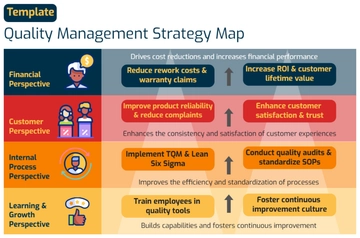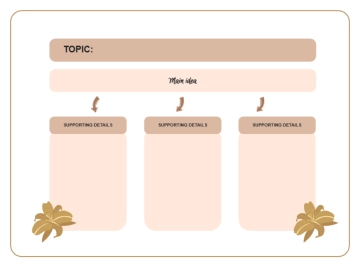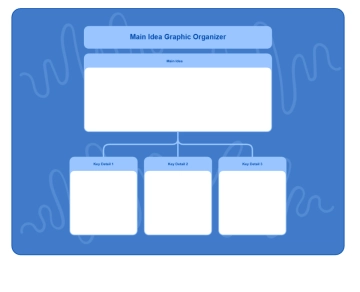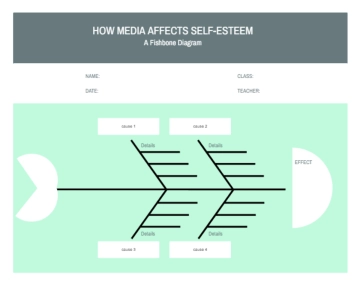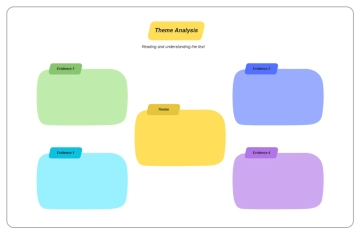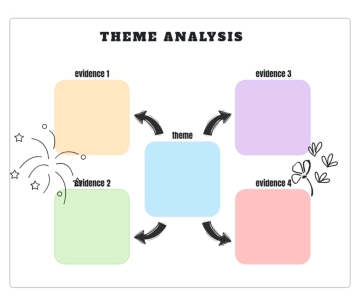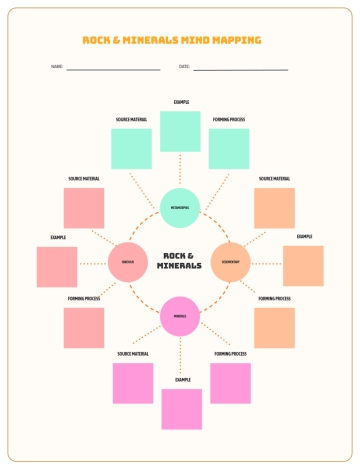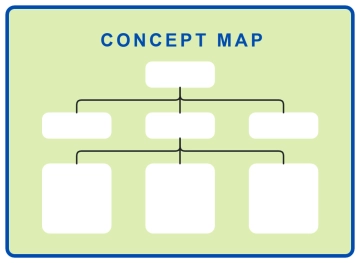Free Trading Strategy Plan
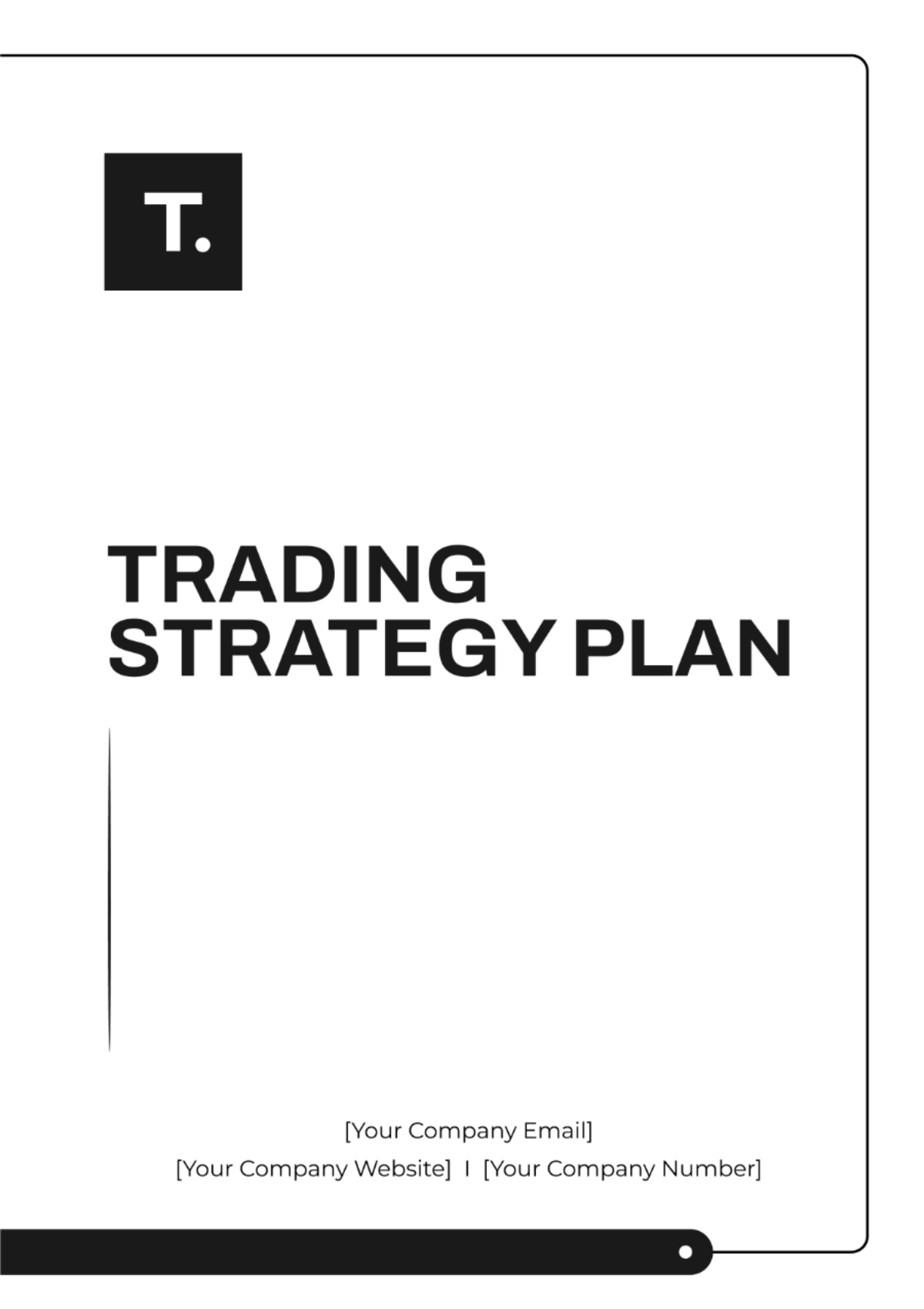
I. Introduction
Objective: This document aims to provide investors with a comprehensive understanding of [Your Company Name]'s trading objectives, risk management practices, and trading style. Our primary goal is to generate returns for our investors while prudently managing risk consistently.
Risk Tolerance: The company implements a conservative approach to risk management, focusing primarily on the preservation of capital rather than pursuing high-risk, aggressive returns.
Trading Style: We utilize a methodical and structured approach to trading by incorporating both technical analysis and fundamental analysis, which allows us to comprehensively identify potential opportunities within the financial markets.
II. Market Analysis
A. Technical Analysis
Our Company employs a variety of technical indicators to ascertain potential points of entry and exit in the market. These indicators include moving averages, the Relative Strength Index (RSI), and various chart patterns, all of which are utilized to assess and predict price movements more effectively.
B. Fundamental Analysis
Our team engages in comprehensive and detailed examination of a variety of critical aspects including macroeconomic factors, financial statements of companies, and prevailing trends within different industries. This thorough investigation helps us to evaluate the basic and intrinsic values of the securities that we trade.
C. Sentiment Analysis
We conduct thorough monitoring of market sentiment by utilizing sentiment indexes, analyzing social media platforms, and examining sentiment in news articles to comprehensively understand market psychology and the influence of sentiment on price movements in the market.
III. Entry and Exit Criteria
Criteria | Entry Condition | Exit Condition |
|---|---|---|
Breakout | Price breaks above a significant resistance level | Price falls below a critical support level |
Moving Average Crossover | Short-term moving average crosses above long-term moving average | Short-term moving average crosses below long-term moving average |
Reversal Patterns | Identification of reversal patterns | Confirmation of trend reversal |
IV. Risk Management
A. Position Sizing
Our Company rigorously follows stringent rules regarding the size of positions it takes, ensuring that the exposure of each trade is restricted to a specific percentage of the total capital that has been predetermined.
B. Stop-Loss Orders
We employ the use of stop-loss orders as a strategy to reduce potential financial losses by automatically terminating trades if they progress in a direction contrary to our anticipations.
C. Diversification
Diversification is a key principle of the company's risk management strategy, spreading investments across different asset classes, industries, and geographical regions to mitigate portfolio risk.
V. Trade Management
Our Company employs a disciplined approach to trade management, regularly reviewing open positions and adjusting stop-loss orders and profit targets based on market conditions and price movements.
Trailing stop-loss orders are used to lock in profits and protect against sudden reversals, allowing us to capture gains while managing downside risk effectively.
VI. Performance Metrics
A. Win/Loss Ratio
Our Company strives to achieve a favorable win/loss ratio, focusing on ensuring that the number of profitable trades significantly surpasses the number of losing trades over a given period.
B. Risk-Reward Ratio
We adhere to a policy of maintaining a minimum risk-reward ratio for every trade conducted, thereby ensuring that the potential reward obtained from each transaction justifies and is proportionate to the risk undertaken.
C. Profitability
Our Company tracks the profitability of its trading strategies over various time frames and market conditions, continuously refining and optimizing strategies to maximize returns for investors.
VII. Contingency Plans
In situations where there are unforeseen developments in the market or negative occurrences, the company has established a variety of contingency strategies designed to minimize risks and safeguard the capital of its investors.
We closely monitor economic releases, geopolitical events, and other market catalysts, promptly adjusting our trading strategies to navigate volatile market conditions and preserve investor wealth.
- 100% Customizable, free editor
- Access 1 Million+ Templates, photo’s & graphics
- Download or share as a template
- Click and replace photos, graphics, text, backgrounds
- Resize, crop, AI write & more
- Access advanced editor
Discover and Elevate your trading game with the Trading Strategy Plan Template from Template.net. This customizable and editable template is designed for precision and ease. Effortlessly tailor your strategy with our Editable in our AI Editor Tool, ensuring a perfect fit for your trading needs. Start mastering the markets today.
You may also like
- Finance Plan
- Construction Plan
- Sales Plan
- Development Plan
- Career Plan
- Budget Plan
- HR Plan
- Education Plan
- Transition Plan
- Work Plan
- Training Plan
- Communication Plan
- Operation Plan
- Health And Safety Plan
- Strategy Plan
- Professional Development Plan
- Advertising Plan
- Risk Management Plan
- Restaurant Plan
- School Plan
- Nursing Home Patient Care Plan
- Nursing Care Plan
- Plan Event
- Startup Plan
- Social Media Plan
- Staffing Plan
- Annual Plan
- Content Plan
- Payment Plan
- Implementation Plan
- Hotel Plan
- Workout Plan
- Accounting Plan
- Campaign Plan
- Essay Plan
- 30 60 90 Day Plan
- Research Plan
- Recruitment Plan
- 90 Day Plan
- Quarterly Plan
- Emergency Plan
- 5 Year Plan
- Gym Plan
- Personal Plan
- IT and Software Plan
- Treatment Plan
- Real Estate Plan
- Law Firm Plan
- Healthcare Plan
- Improvement Plan
- Media Plan
- 5 Year Business Plan
- Learning Plan
- Marketing Campaign Plan
- Travel Agency Plan
- Cleaning Services Plan
- Interior Design Plan
- Performance Plan
- PR Plan
- Birth Plan
- Life Plan
- SEO Plan
- Disaster Recovery Plan
- Continuity Plan
- Launch Plan
- Legal Plan
- Behavior Plan
- Performance Improvement Plan
- Salon Plan
- Security Plan
- Security Management Plan
- Employee Development Plan
- Quality Plan
- Service Improvement Plan
- Growth Plan
- Incident Response Plan
- Basketball Plan
- Emergency Action Plan
- Product Launch Plan
- Spa Plan
- Employee Training Plan
- Data Analysis Plan
- Employee Action Plan
- Territory Plan
- Audit Plan
- Classroom Plan
- Activity Plan
- Parenting Plan
- Care Plan
- Project Execution Plan
- Exercise Plan
- Internship Plan
- Software Development Plan
- Continuous Improvement Plan
- Leave Plan
- 90 Day Sales Plan
- Advertising Agency Plan
- Employee Transition Plan
- Smart Action Plan
- Workplace Safety Plan
- Behavior Change Plan
- Contingency Plan
- Continuity of Operations Plan
- Health Plan
- Quality Control Plan
- Self Plan
- Sports Development Plan
- Change Management Plan
- Ecommerce Plan
- Personal Financial Plan
- Process Improvement Plan
- 30-60-90 Day Sales Plan
- Crisis Management Plan
- Engagement Plan
- Execution Plan
- Pandemic Plan
- Quality Assurance Plan
- Service Continuity Plan
- Agile Project Plan
- Fundraising Plan
- Job Transition Plan
- Asset Maintenance Plan
- Maintenance Plan
- Software Test Plan
- Staff Training and Development Plan
- 3 Year Plan
- Brand Activation Plan
- Release Plan
- Resource Plan
- Risk Mitigation Plan
- Teacher Plan
- 30 60 90 Day Plan for New Manager
- Food Safety Plan
- Food Truck Plan
- Hiring Plan
- Quality Management Plan
- Wellness Plan
- Behavior Intervention Plan
- Bonus Plan
- Investment Plan
- Maternity Leave Plan
- Pandemic Response Plan
- Succession Planning
- Coaching Plan
- Configuration Management Plan
- Remote Work Plan
- Self Care Plan
- Teaching Plan
- 100-Day Plan
- HACCP Plan
- Student Plan
- Sustainability Plan
- 30 60 90 Day Plan for Interview
- Access Plan
- Site Specific Safety Plan
